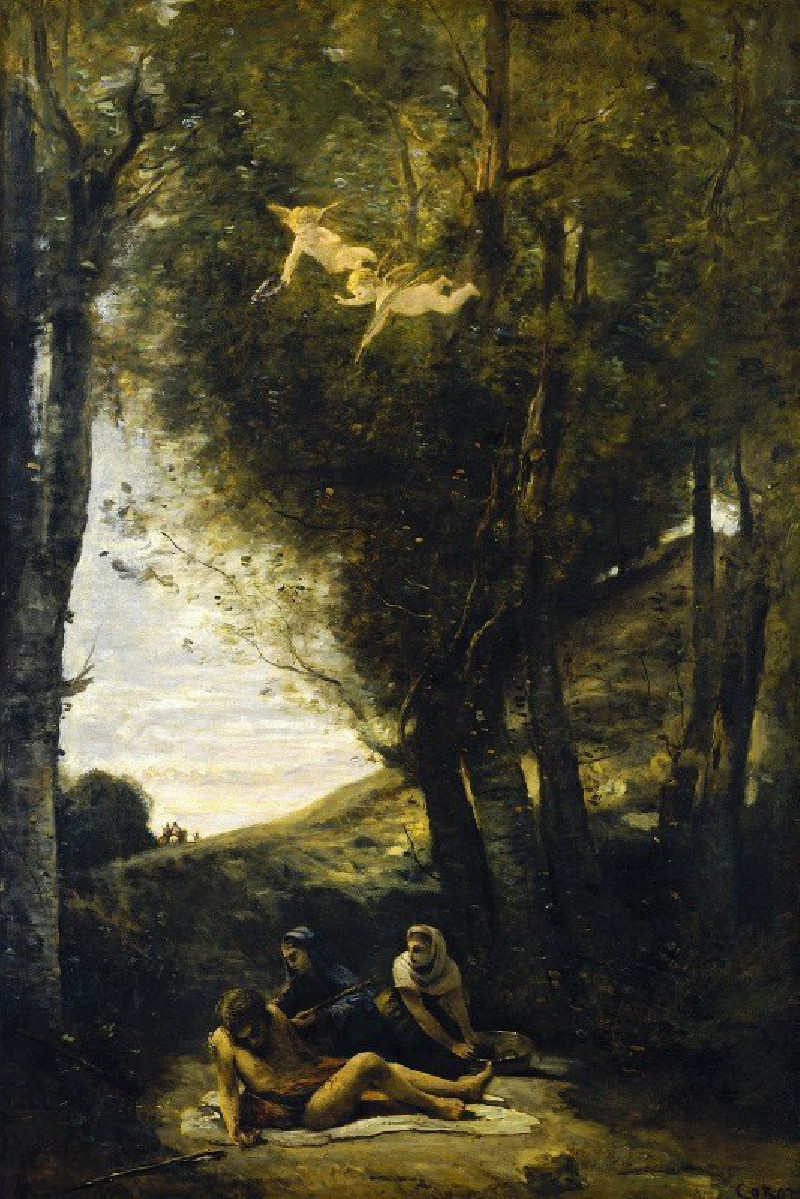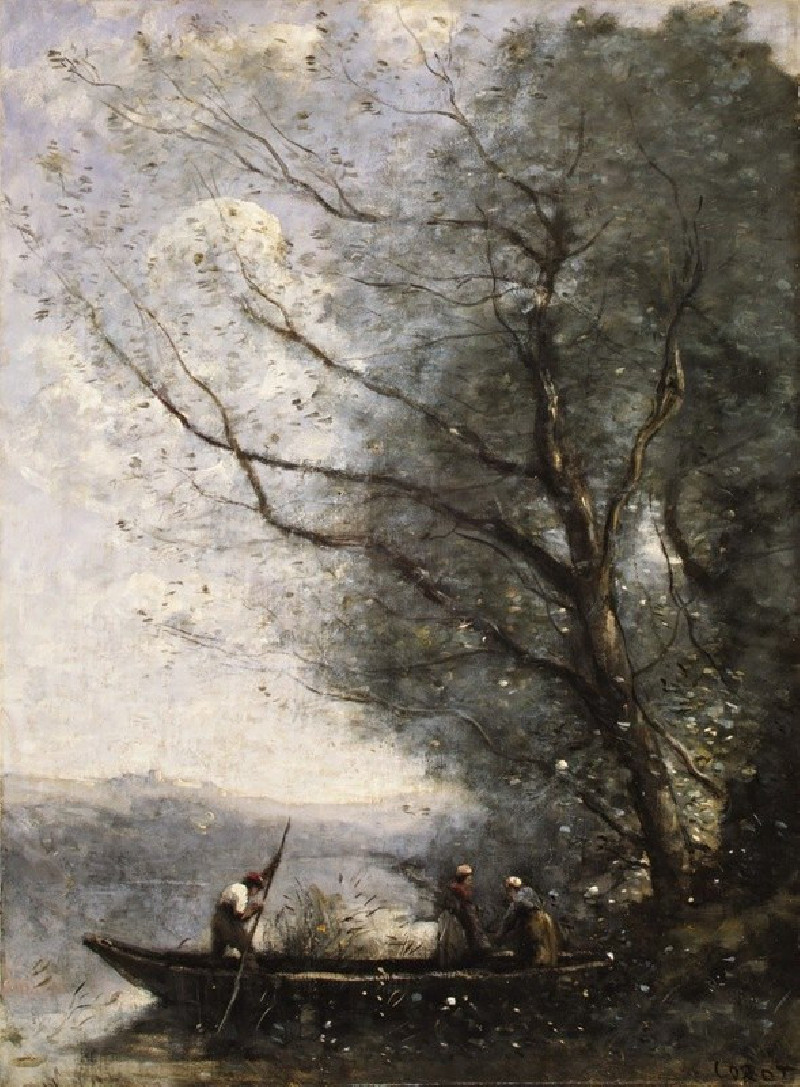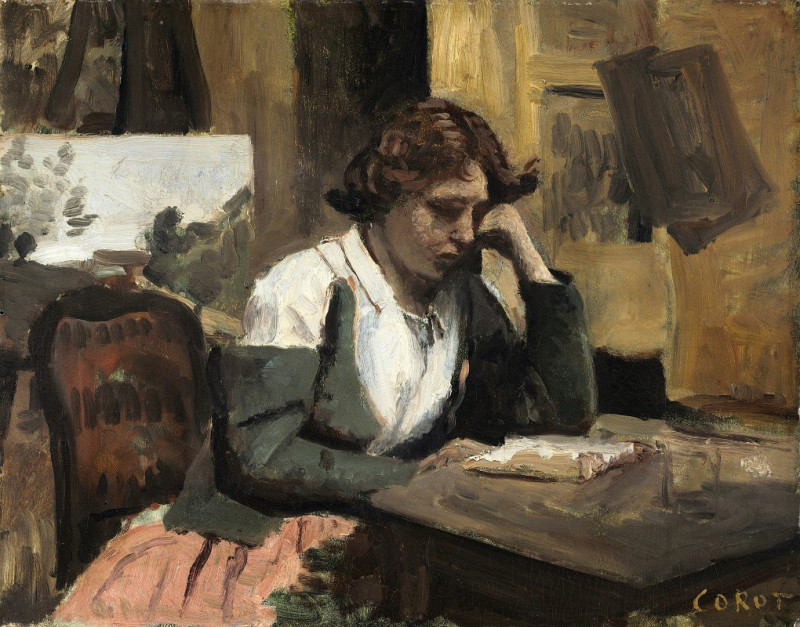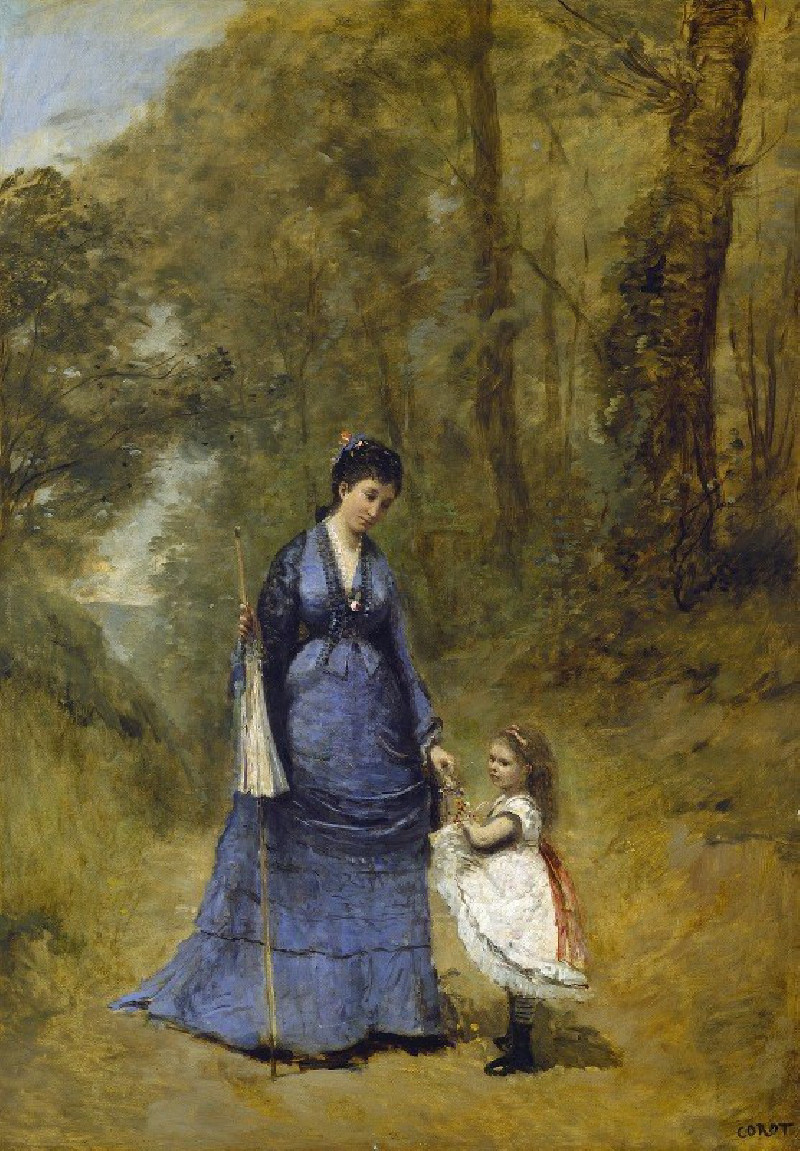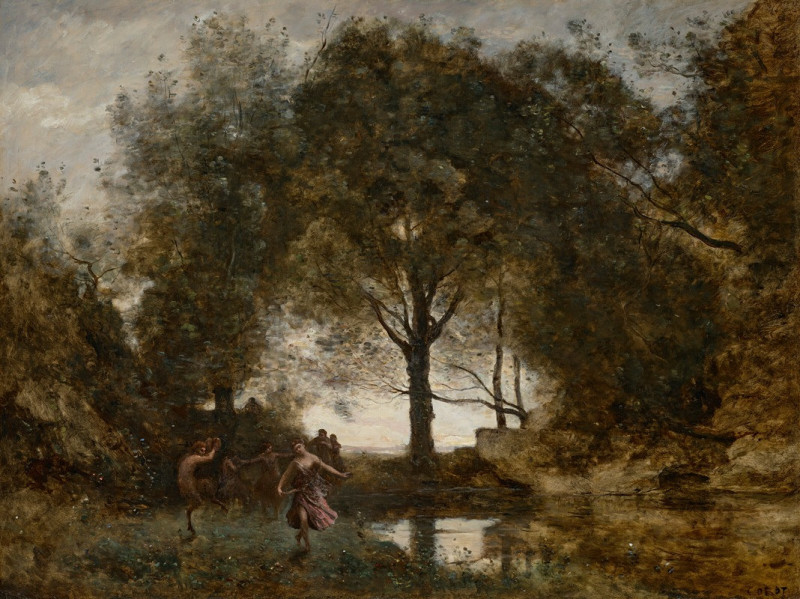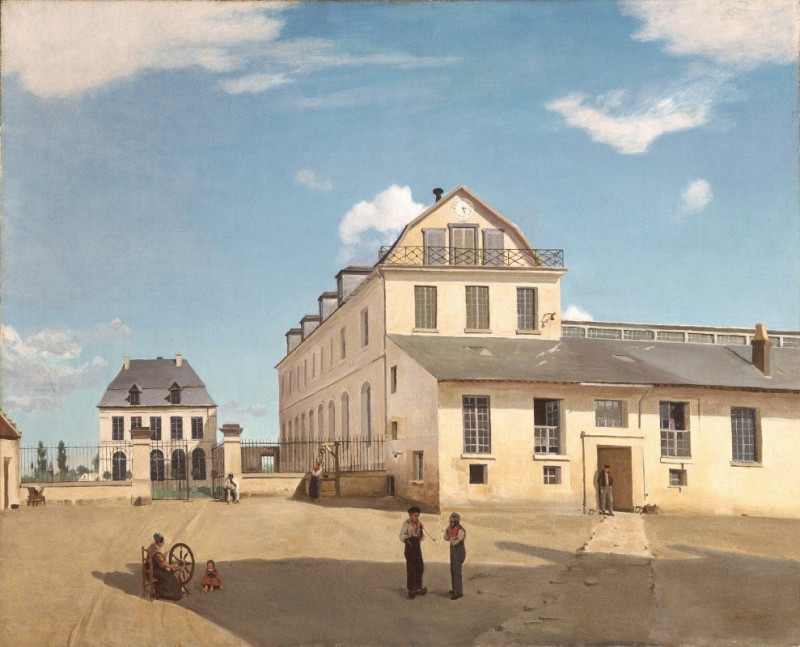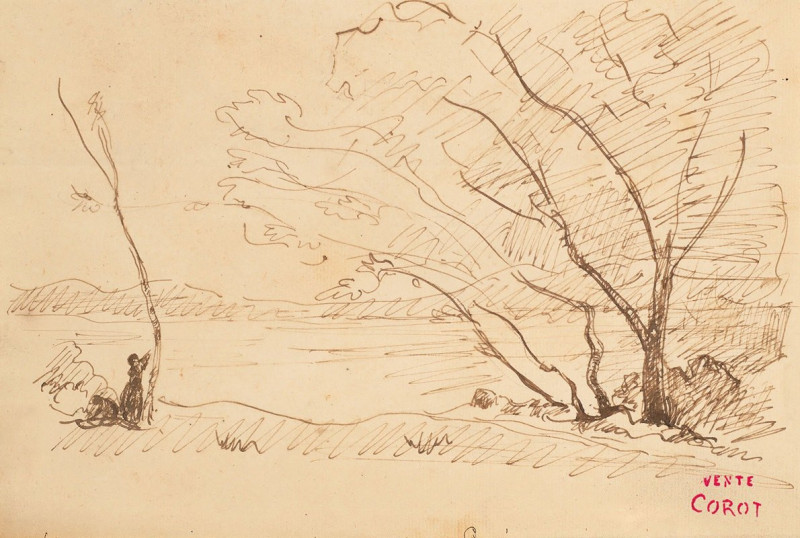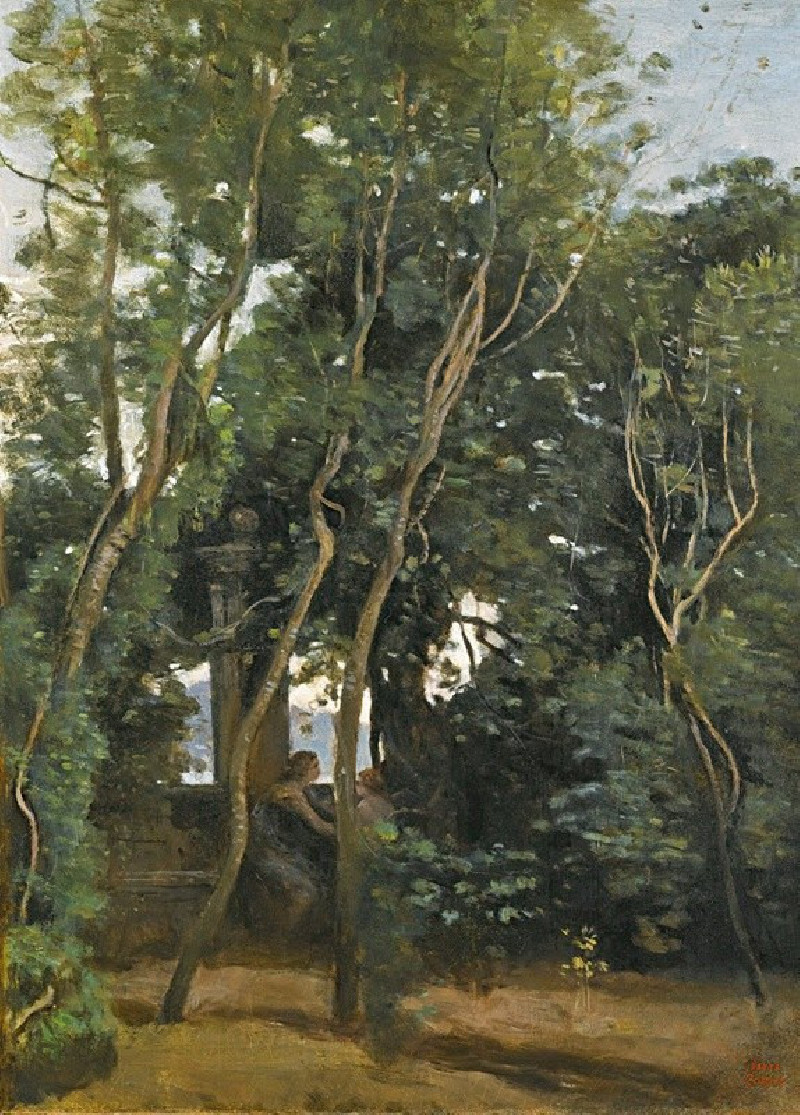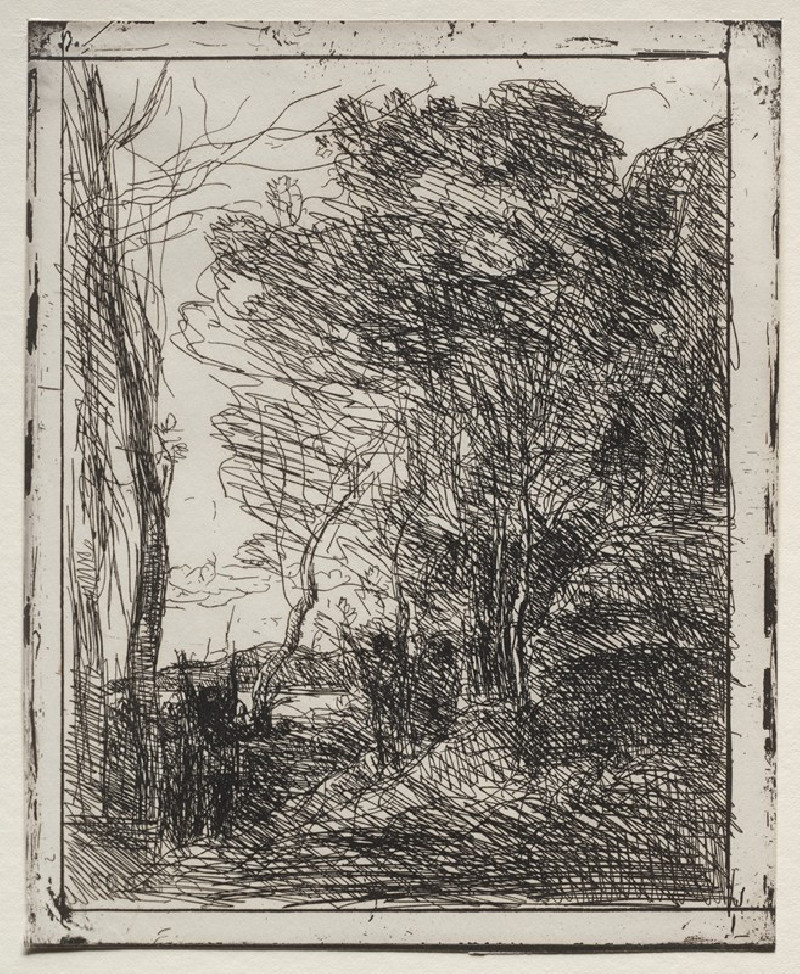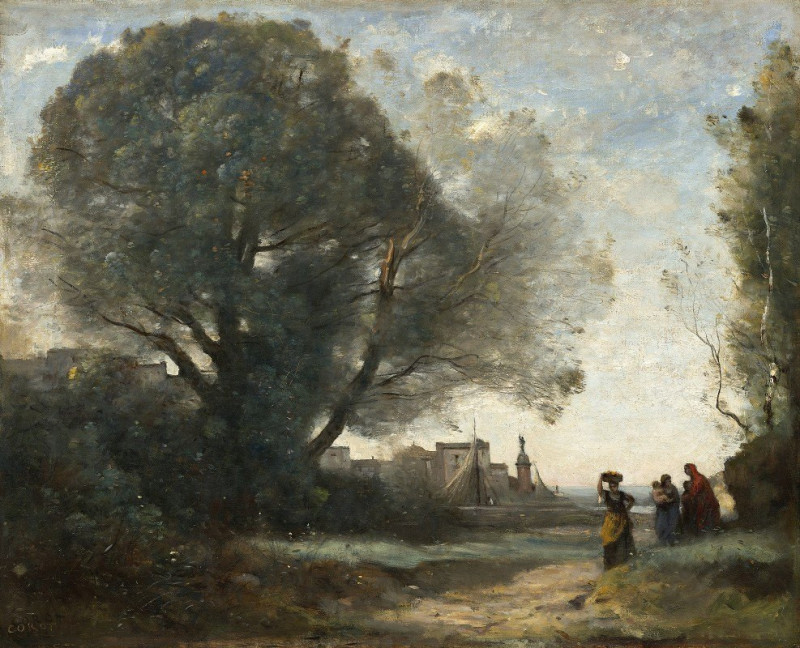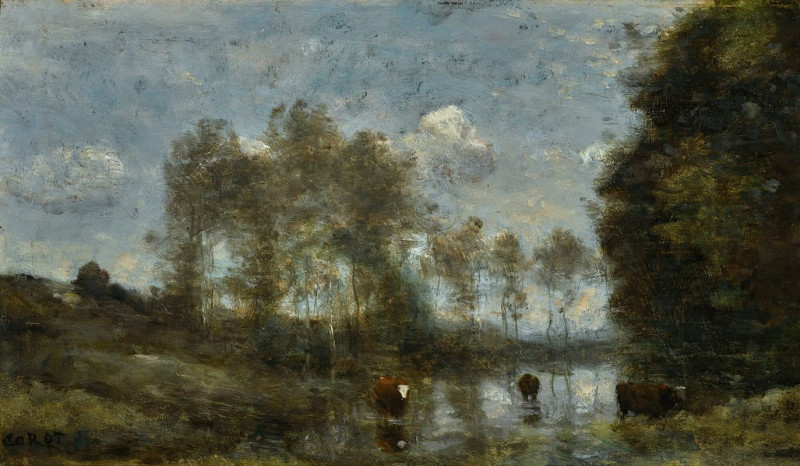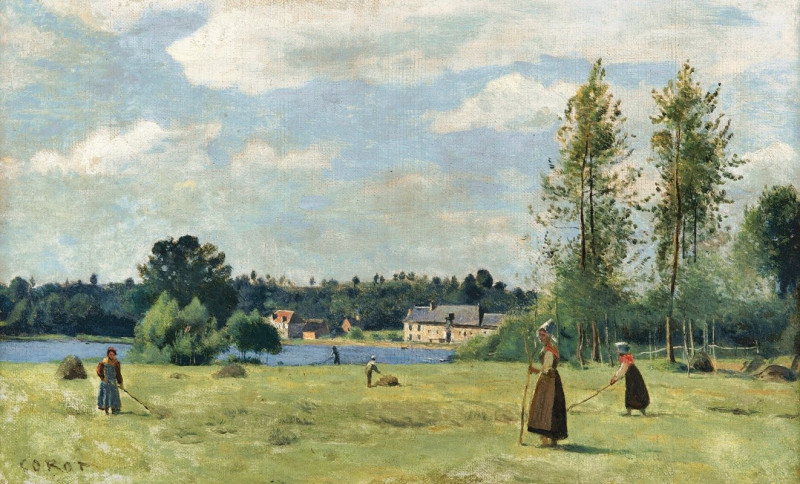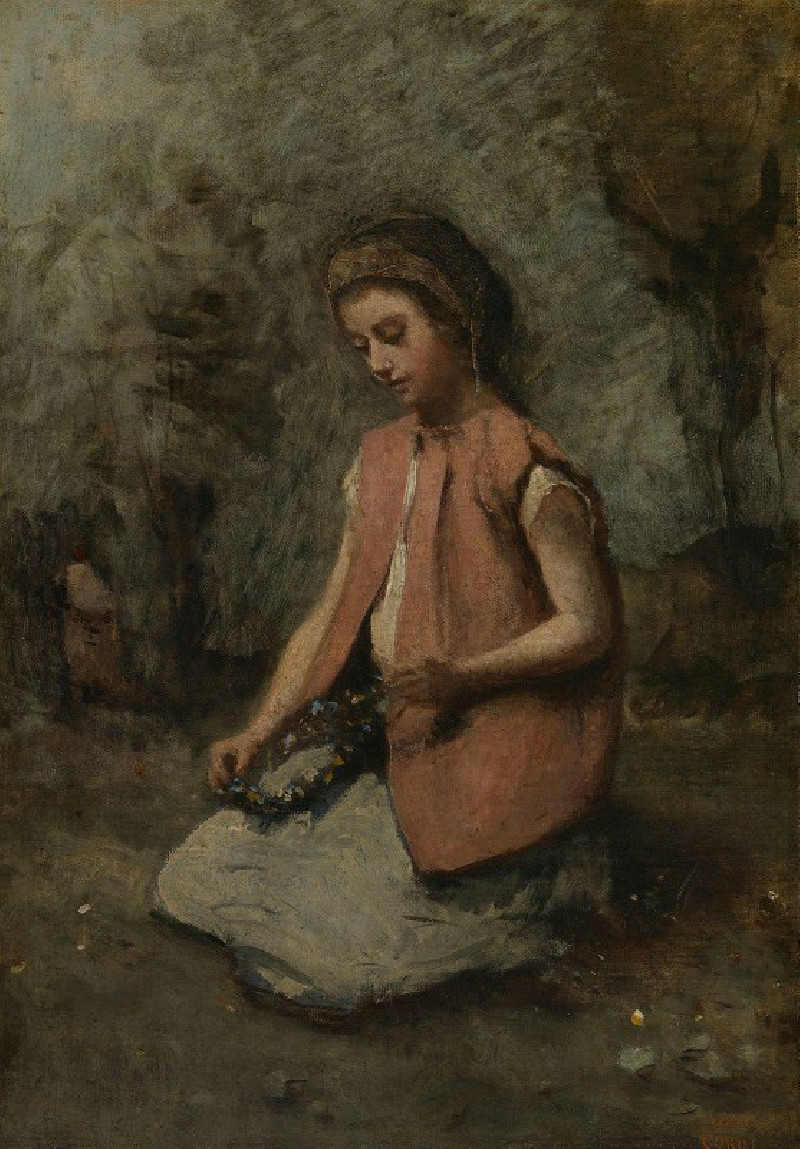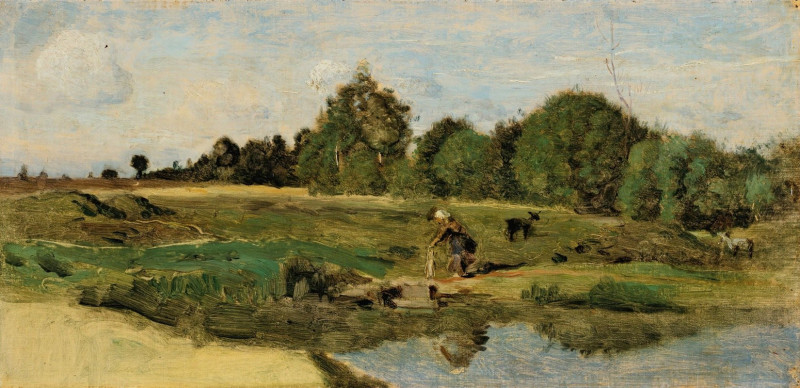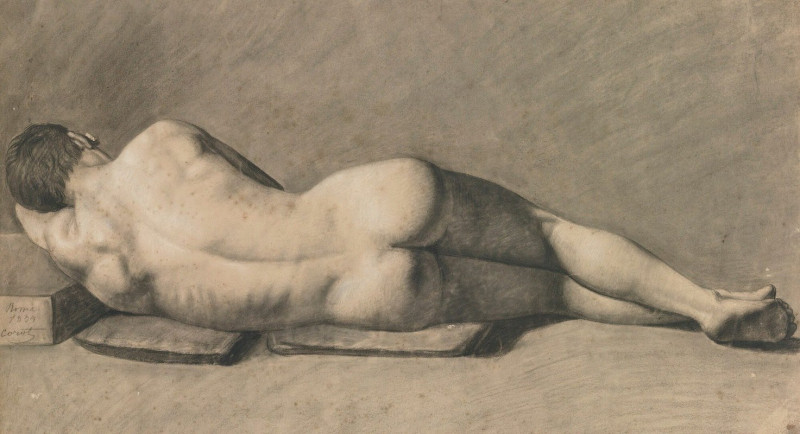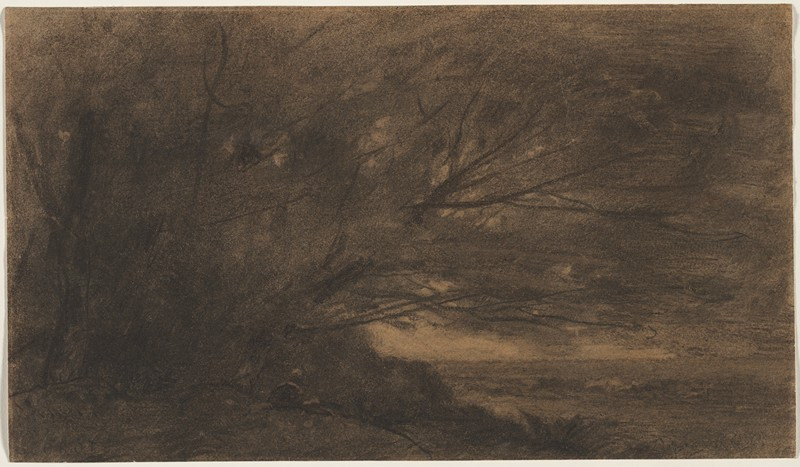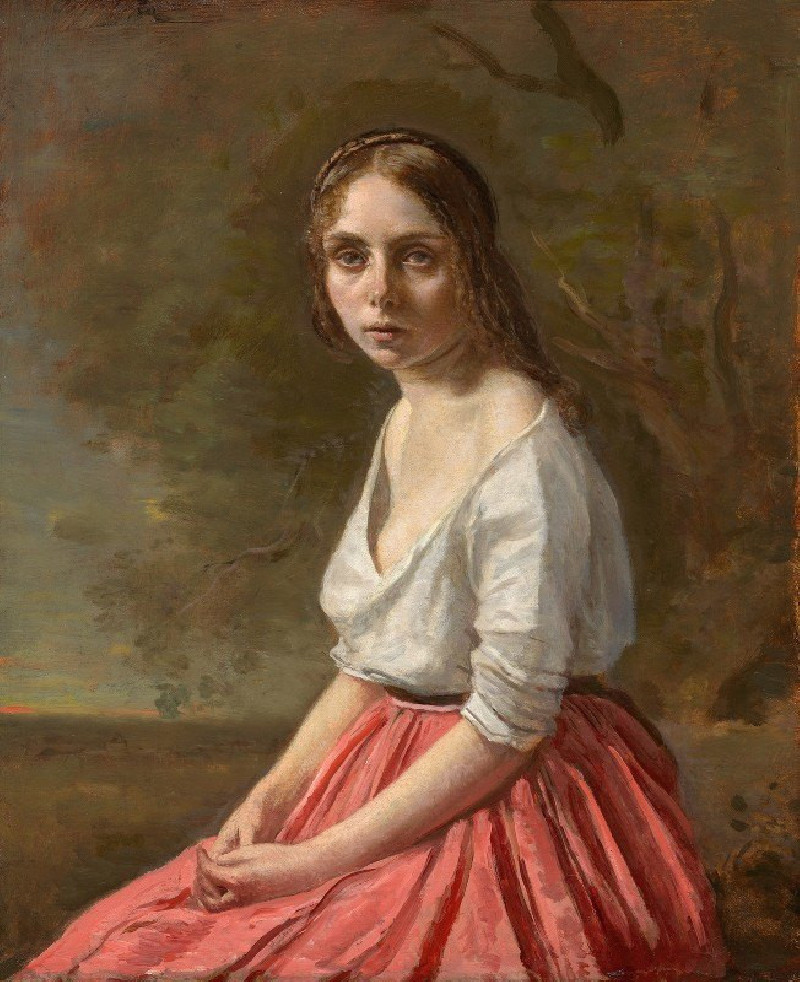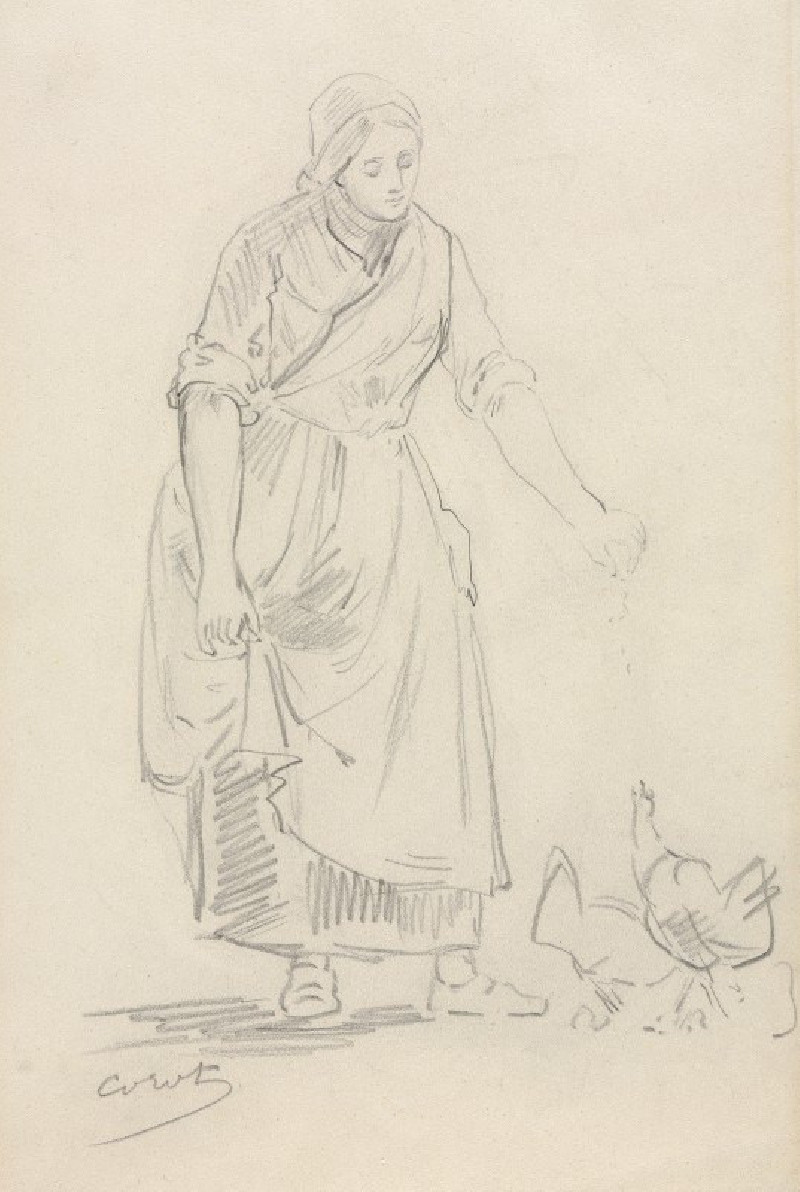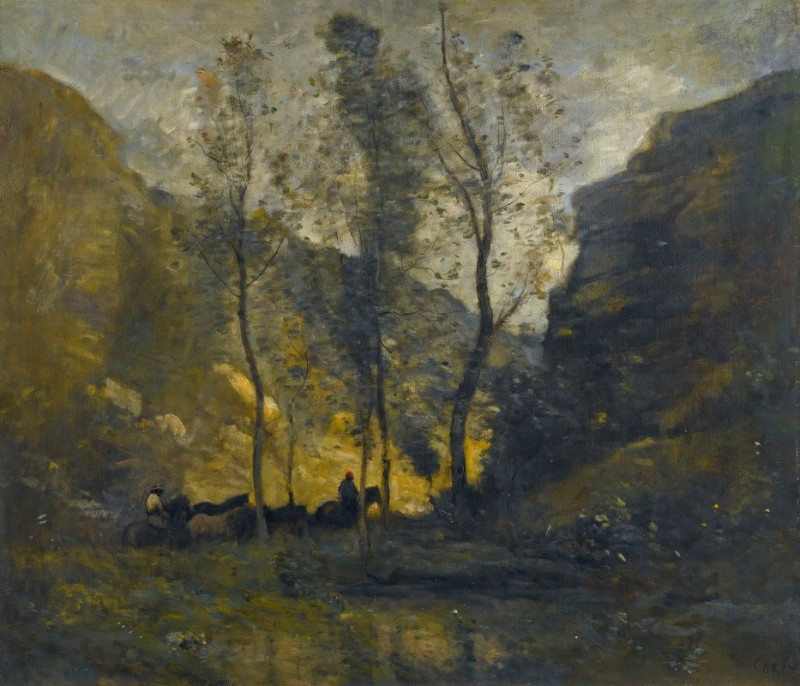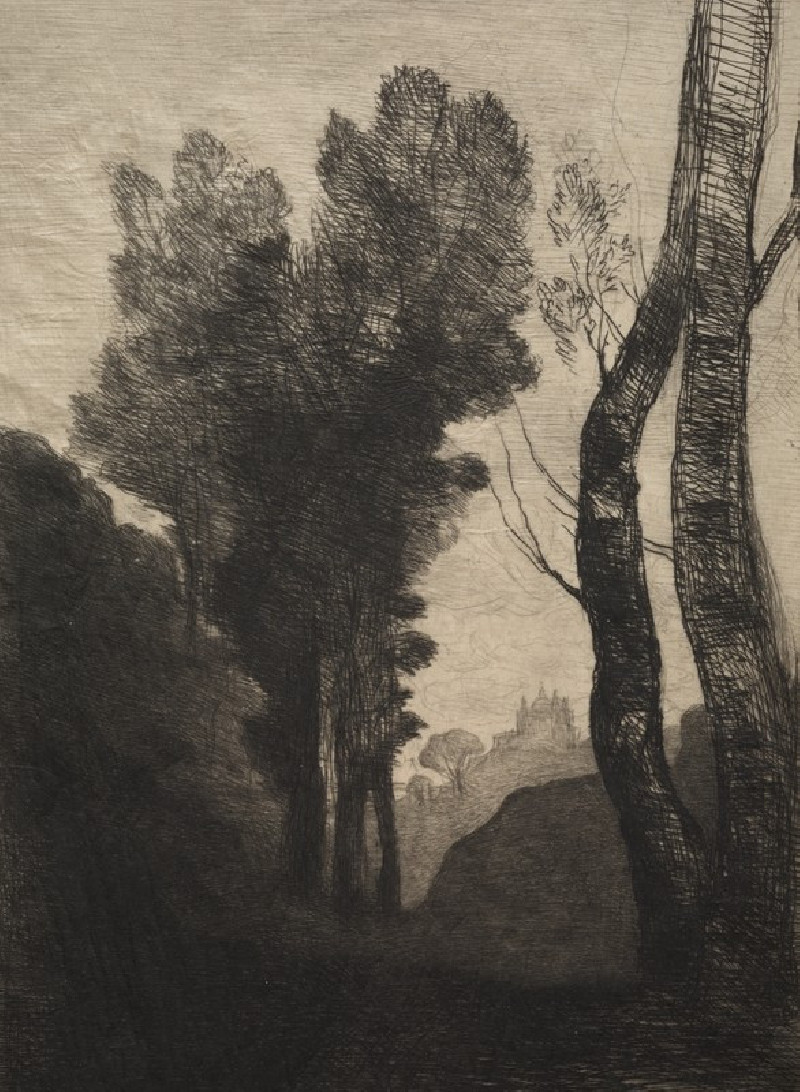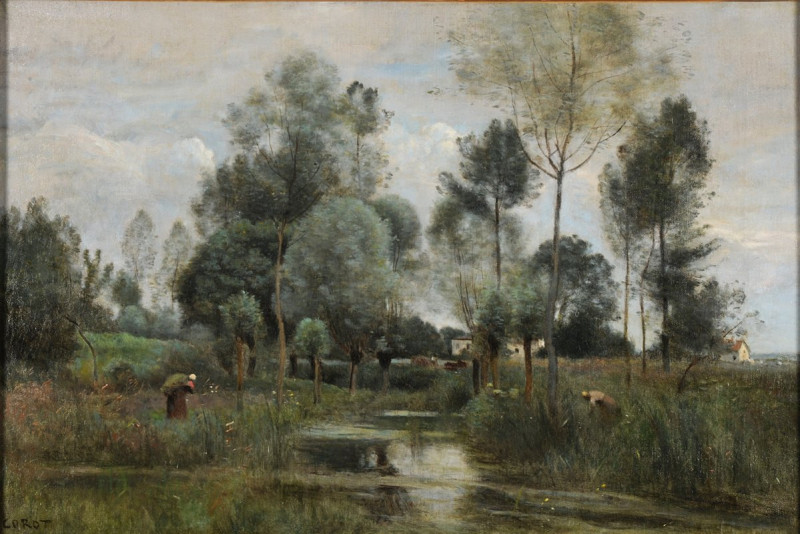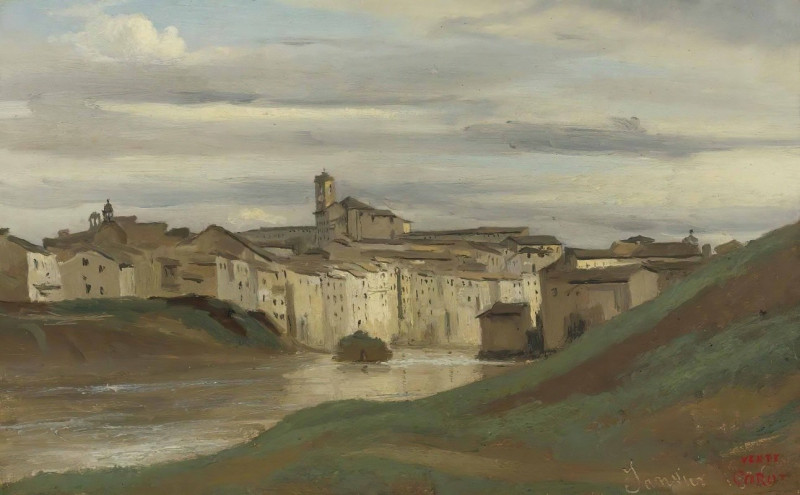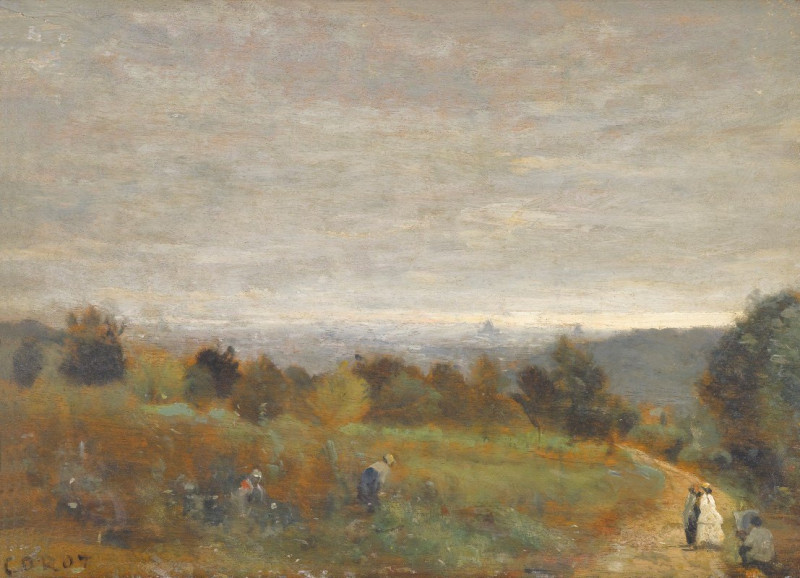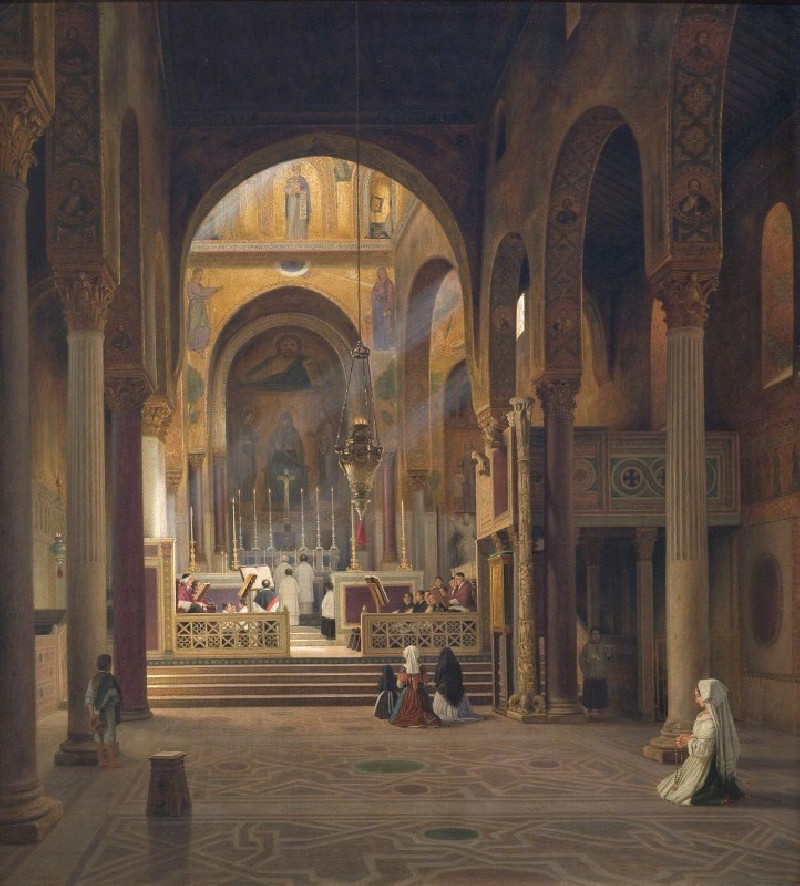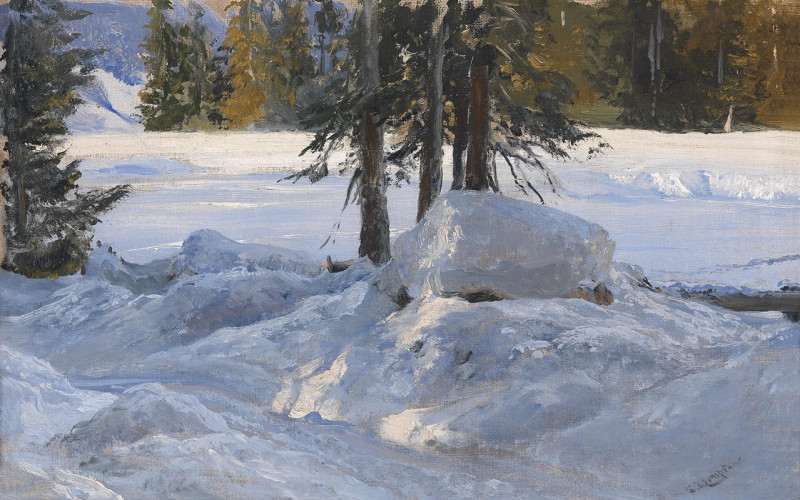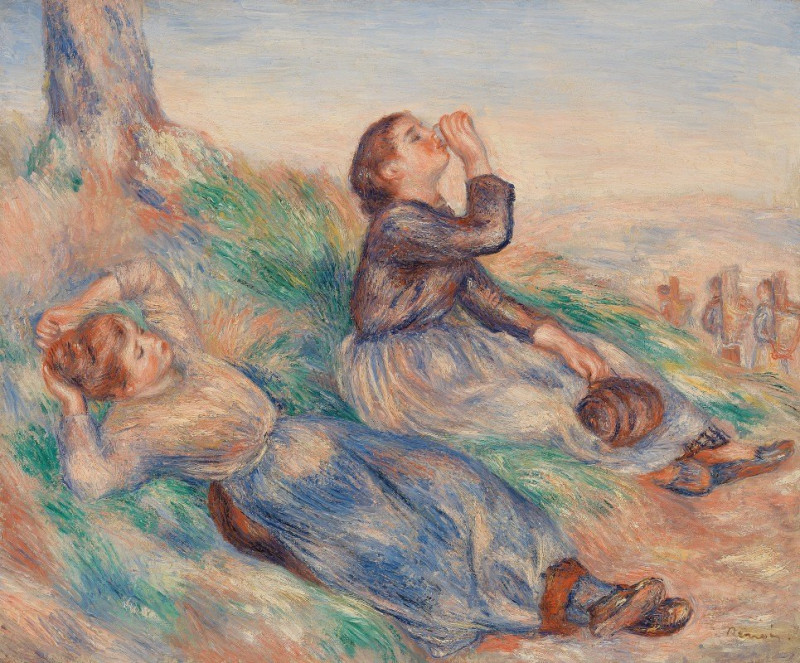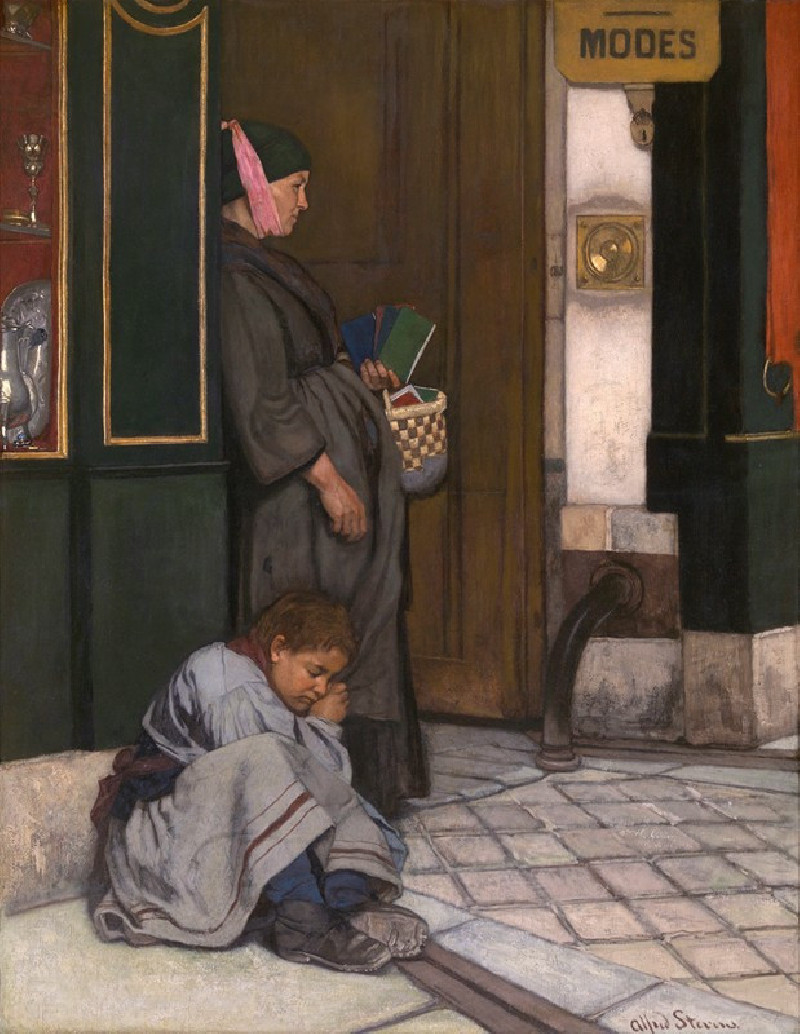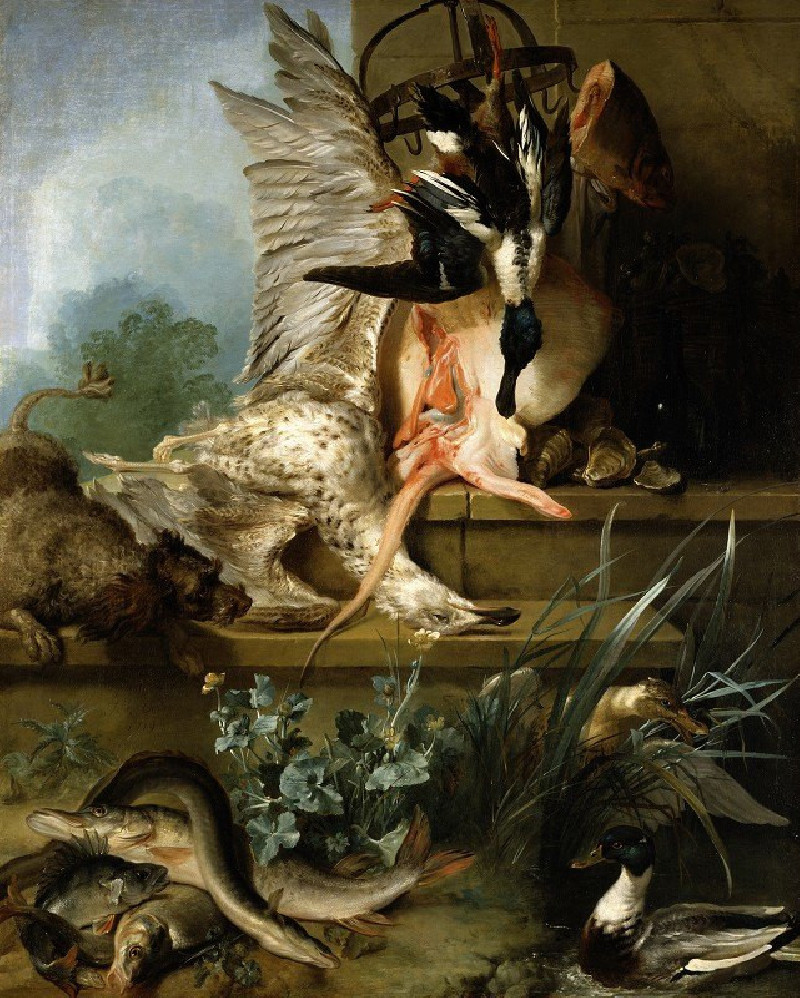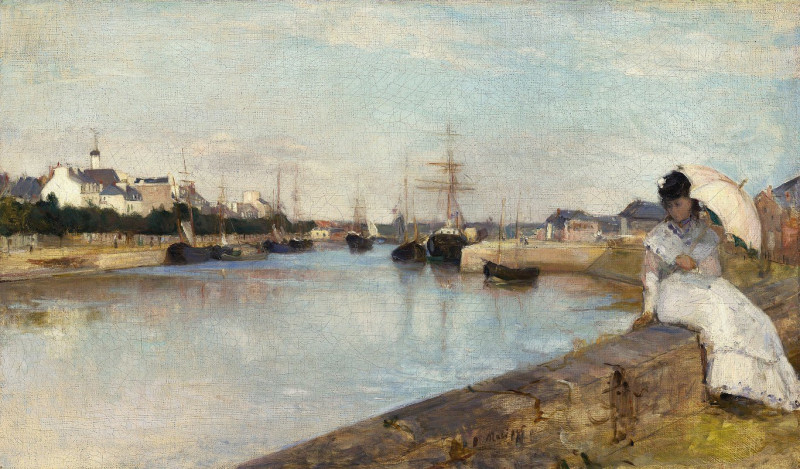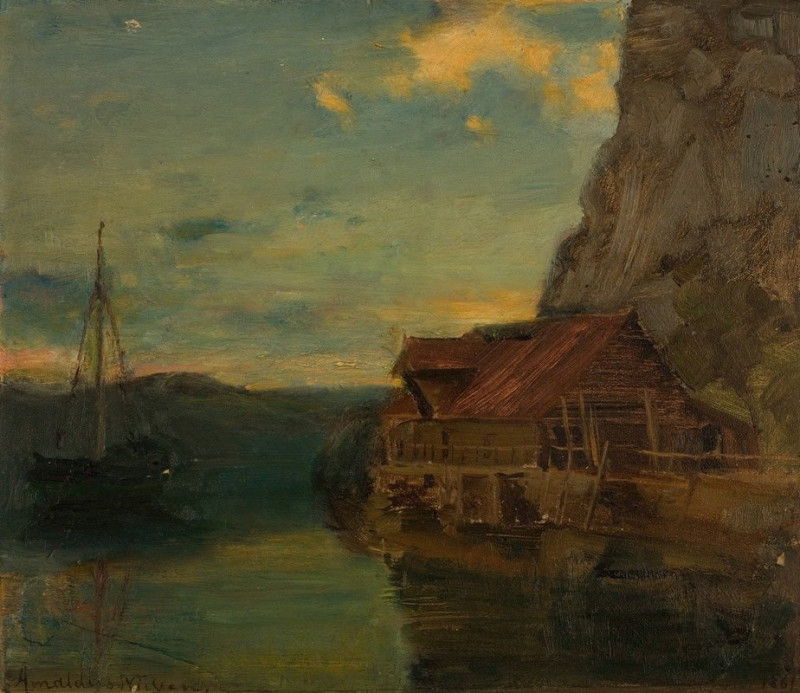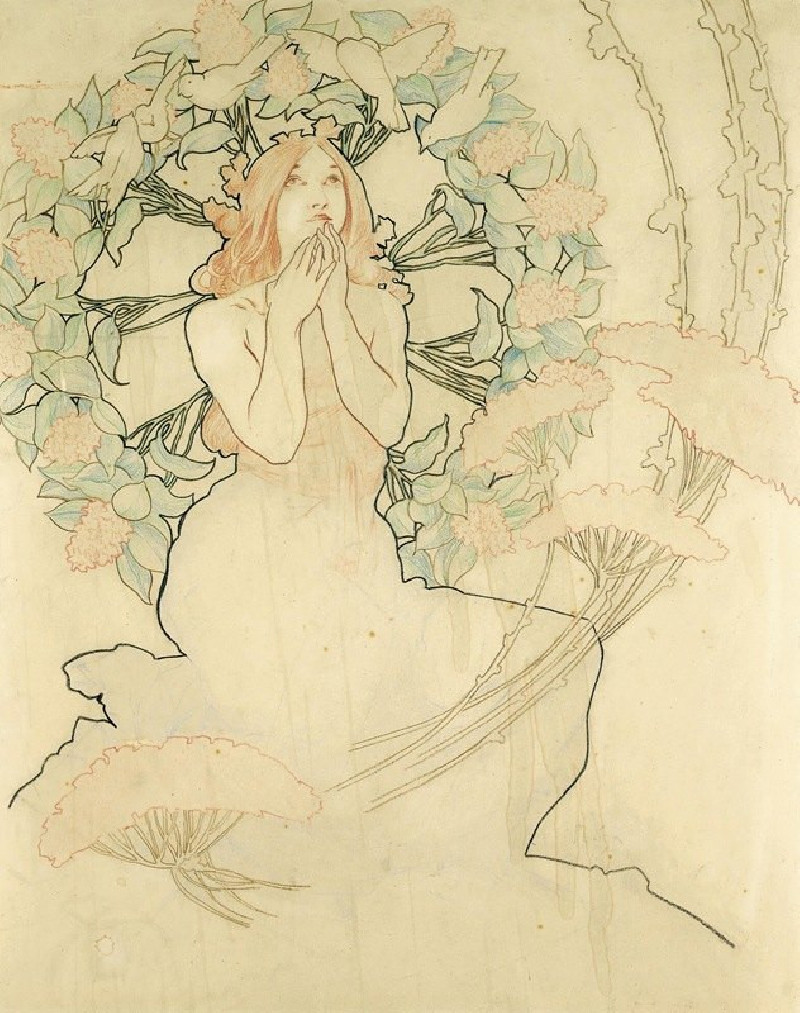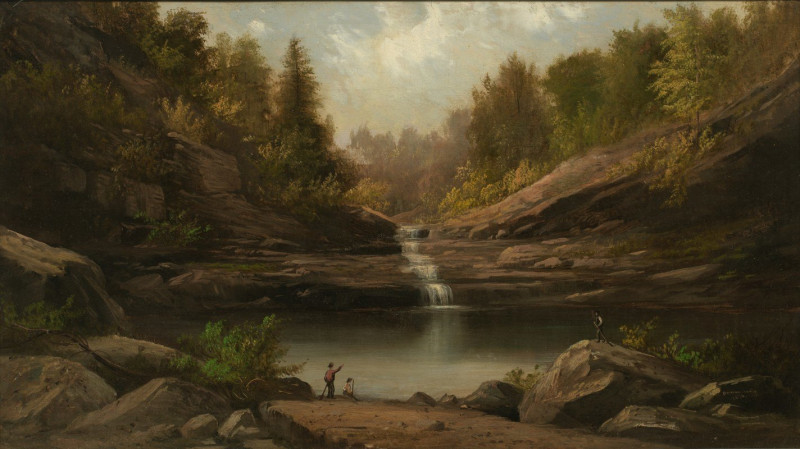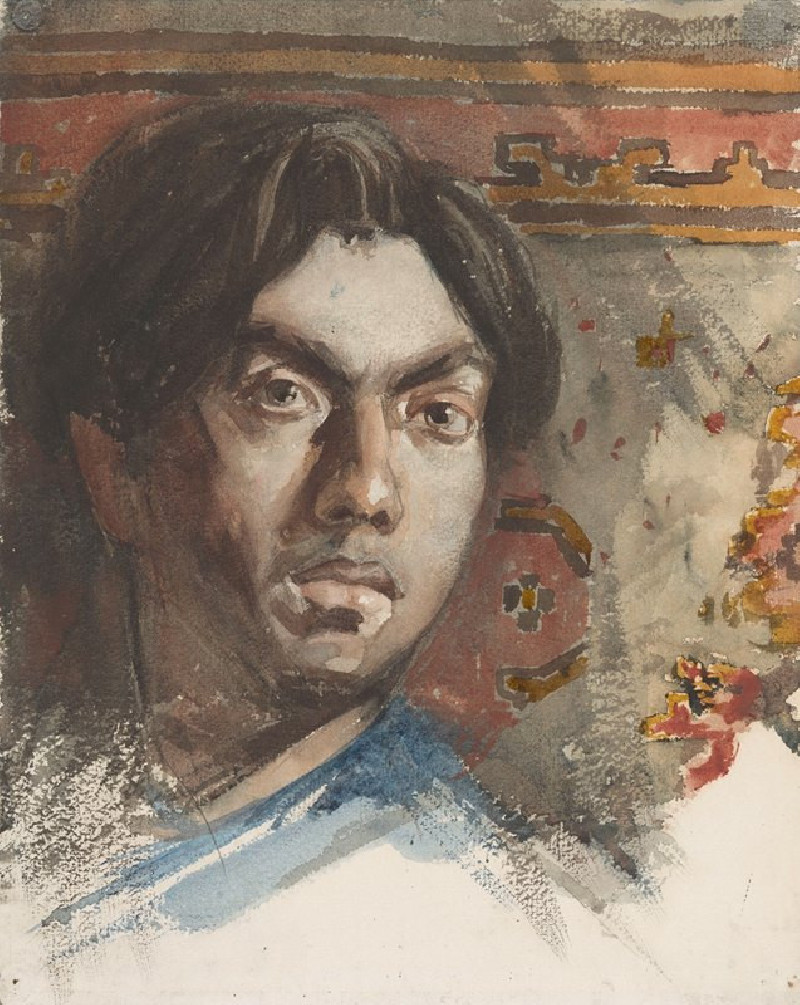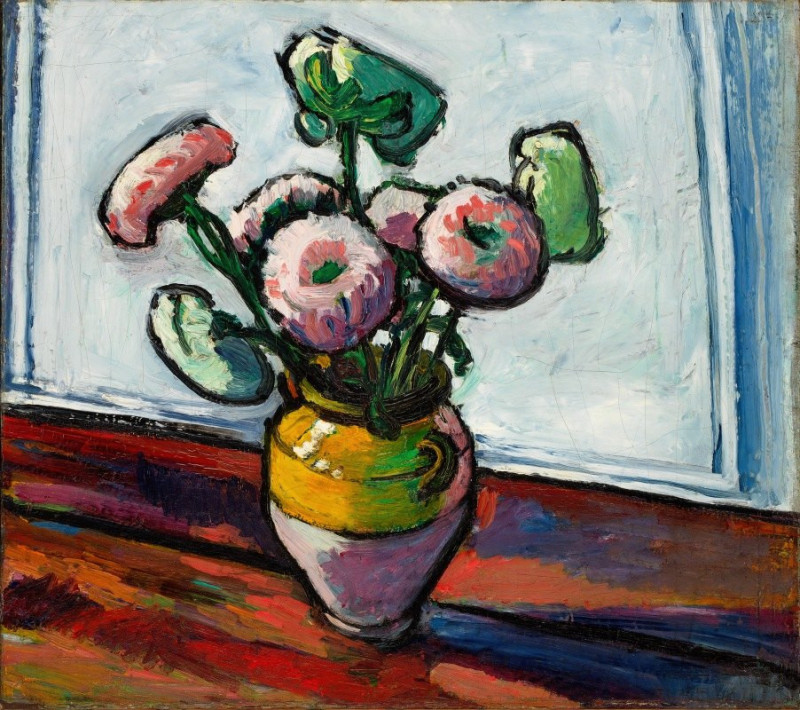Saint Sebastian Succored by the Holy Women (1874)
Technique: Giclée quality print
Recommended by our customers
More about this artwork
Jean-Baptiste-Camille Corot's painting "Saint Sebastian Succored by the Holy Women" (1874) offers a poignant look into a serene yet somber biblical narrative. The artwork leads viewers deep into a lush, dimly lit forest setting where Saint Sebastian is depicted moments after his martyrdom. Strikingly rendered, Saint Sebastian lies weakened and vulnerable, his body bearing the marks of a brutal arrow attack.Corot's masterful use of light and shadow enhances the solemn atmosphere, casting the figures in gentle illumination amidst the sheltering trees. The two holy women, embodying compassion and piety, are portrayed in the act of tending to Saint Sebastian's wounds. Their expressions, gentle and concerned, are a stark contrast to the harsh realities of the saint's suffering.This painting not only captures a moment of tender care but also conveys a deeper sense of faith and resilience against persecution. Corot’s skillful brushwork and his ability to evoke emotion through landscape and human expression make this painting a moving representation of sacrifice and spiritual fortitude.
Delivery
Returns
Jean-Baptiste-Camille Corot was a French landscape and portrait painter as well as a printmaker in etching. He is a pivotal figure in landscape painting and his vast output simultaneously references the Neo-Classical tradition and anticipates the plein-air innovations of Impressionism.

